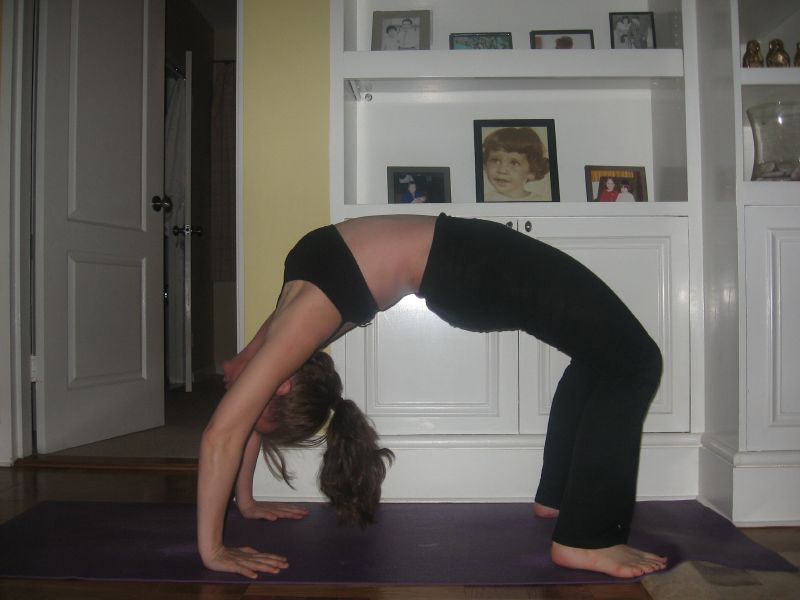Electric counterpoint
Saturday night, I went by myself to see a very special concert at Carnegie Hall - a celebration of the work of the legendary contemporary composer, Steve Reich, on the occasion of his 70th birthday. Reich has his own eclectic, multilayered trademark sound, but I have to admit that I was there first and foremost to see Pat Metheny (playing Reich's Electric Counterpoint), my favorite favorite favorite musician and composer from as far back as high school. Pat Metheny is the only musian to whom I have consistently enjoyed listening since my teens. He is the musical thread that holds all of my many lives together.
If you aren't familiar with him, Pat Metheny is a jazz/classical/rock fusion guitarist with an unmistakably distinctive sound that has shades of otherworldliness while being poetically grounded in the natural world, twangs of mountain country folktunes, scattered Hawaiin high notes, echoes of dark jazz halls. With sounds of India interspersed throughout his oevre, as well as sounds of Native America and soft almost hallucinogenic chanting, in my opinion, Metheny was a pioneer of "chillout" music, quite possibly without even realizing it. If you want to understand the essence of Metheny's draw, have a listen to Daybreak on New Chatauqua. This tune carries such emotional resonance that I would advise you to think carefully about what you want to be doing while you play it. A few notes can instantly bring me back to a cold autumn afternoon when I was 17 years old, a freshman at Tufts, walking around Harvard Square, checking out the vintage record stores, thinking about the boy I thought I loved, who did not love me back, and the boy who thought he loved me, whom I did not love back.
Of course, Metheny was only one musician who played Reich last night at Carnegie Hall. There was also the Kronos Quartet, which played "Different Trains", another piece by Reich, and a piece so incredibly complicated and moody that I felt tired afterwards and welcomed the Intermission. It was as if Kronos' rendering of "Different Trains" manipulated my emotions, perhaps mirroring those I might have as I waited for a train, and then sat motionless on the moving train, passing through place after place, each one sparking thoughts and memories that may or may have had nothing whatsoever to do with where I was, where I was going to or where I was coming from. I remember sensing my face redden at one point near the middle of the piece; the music was filling me with anxiety, a touch of anger. And then it subsided, and I was filled with calm.
Later, reading the notes on the piece, I saw that Different Trains was inspired by Reich's experiences traveling from New York to Los Angeles and back, by train, after his parents separated and moved to opposite ends of the U.S. I believe that Reich wasn't even five years old when his parents went their separate ways, putting him the uncomfortable, anxious, chaotic position of having to travel from coast to coast with his governess in order to see each of them. Aha, I thought. This is a compose who can truly put emotions into abstract sound.
The piece de resistance (I wish I could say it was Pat, but alas....) was Reich's Music For 18 Musicians", performed by the Steve Reich Musicians with a cello, violin, two clarinets (both players doubled on bass clarinet), four pianos, three marimbas, two xylophones, a metallophone, maracas, and four women's voices. The music, with its melody line often carried by floating wordless notes created by the four female vocalists, had an ethereal quality that brought to my mind Baird Hersey and Prana, while at the same time, being driven heavily by a pulsing percussion sound (did I mention there were FOUR grand pianos onstage, all being played simultaneously, some being played by more than one set of hands?). The structure of the work reminded me, at times, oddly enough, of Pachelbel's Canon in D Major (you know, the ubiquitous wedding song, "um dum dum dum, dum dum dum dum"), with musical phrases beginning slowly and quietly (for example, with just two notes being played repetitively on the metallophone) and then slowly building and swelling to include more and more instruments and more and more players.
Perhaps the most unique aspect of Music for 18 Musicians was the "dance" of the musicians on the stage as they traded places, took over for one another, quietly making their way around the room, a soprano vocalist taking her place at the piano, a man seated at the back slowly getting up, meandering (or so it seemed) around to one of the Xylophones and quietly waiting for the moment when he seamlessly took over for the man who had already been playing the Xylophone. I would often close my eyes for moments at a time, attempting to guess which instruments and which players were being featured at the moment or how particular sounds were structured. I can't think of a single time that I got it right.
When the music ended, the audience flew to its feet (there were already many people standing in balconies because, as I said, this was quite a visual as well as an auditory experience). The musicians took bows, left the stage and came back with Pat and the Kronos guys. The audience continued to clap and scream. The performers left the stage again, only to be called back by the continuing thunderous applause.
Three curtain calls later, we reluctantly let the performers go.
And then I walked out into the night and kept walking until I arrived home.
YC








No comments:
Post a Comment